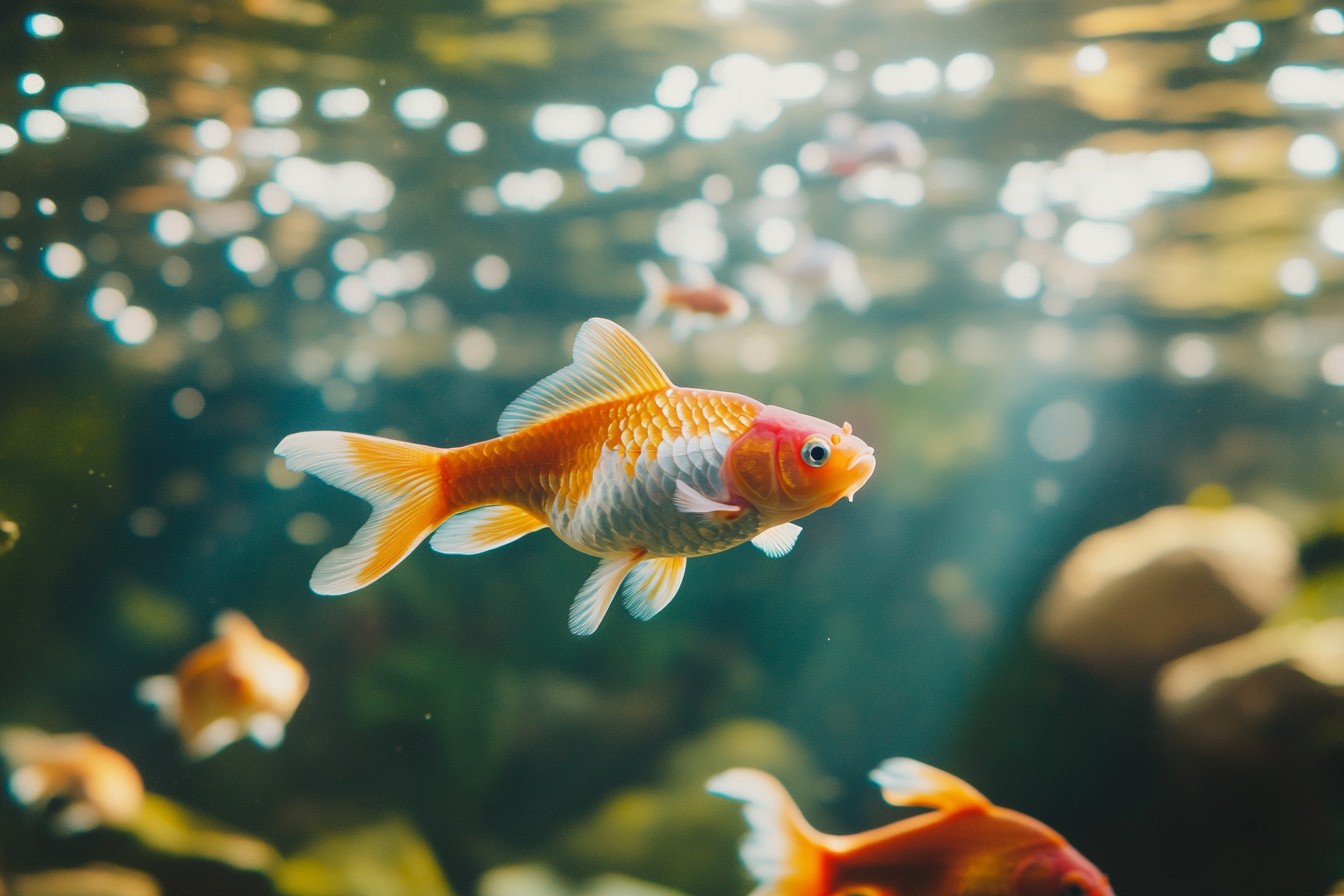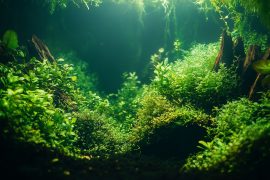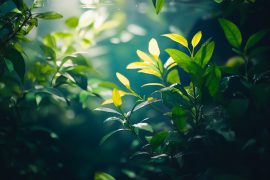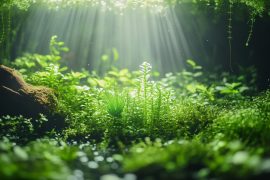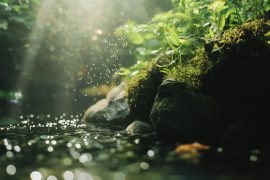The aquarium hobby has always existed in a strange moral territory. We love aquatic life so much we want to capture pieces of it, bring it into our homes, and care for it under artificial conditions. I’ve spent countless hours recreating natural habitats, only to step back and realize the irony—I’m using electricity, plastic, glass, and sometimes wild-caught specimens to simulate environments that are increasingly threatened in the wild.
This contradiction gnawed at me for years. My own sustainability journey began after a particularly extravagant aquascaping competition in Singapore. I’d flown halfway around the world with specialized tools and materials to create a tank that would be dismantled three days later.

As I watched thousands of dollars of plants and hardscape elements being tossed into dumpsters, something clicked. The waste was staggering. I returned home determined to find a better way to pursue my passion without feeling like an environmental hypocrite.
Look, I’m not perfect—far from it. I still run multiple tanks that consume electricity and water. But I’ve spent the last few years experimenting with ways to reduce my hobby’s environmental footprint, and honestly?
It’s made the experience more rewarding, not less. The first switch was simple: I moved all my tank lighting to programmable LEDs. My electricity bill dropped by nearly 40% overnight.
Those old metal halides I used to swear by were literally burning money while heating my tank water to temperatures that required additional electricity to cool. I held onto those fixtures for months afterward, convinced I’d notice a decline in plant growth or coral health. Spoiler alert: everything grew better under the adjustable spectrum lights, and I felt like an idiot for not switching sooner.
Water usage was my next target. I used to be that guy who’d do 50% water changes weekly, watching gallons of treated water flow down the drain. Now I’ve implemented a slow-drip system with overflow sensors that performs micro water changes constantly.
My tanks are more stable, my fish healthier, and my water consumption is down by about 60%. And here’s the kicker—the parts to set up the system cost less than what I was spending on water conditioner each year. But the big one, the change that actually hurt a little, was rethinking my collection habits.
I was a notorious “serial aquascaper”—I’d get bored with a layout, tear it down, and start from scratch with new materials. It was creative destruction with a heavy emphasis on the destruction part. Now, I force myself to reuse hardscape materials.
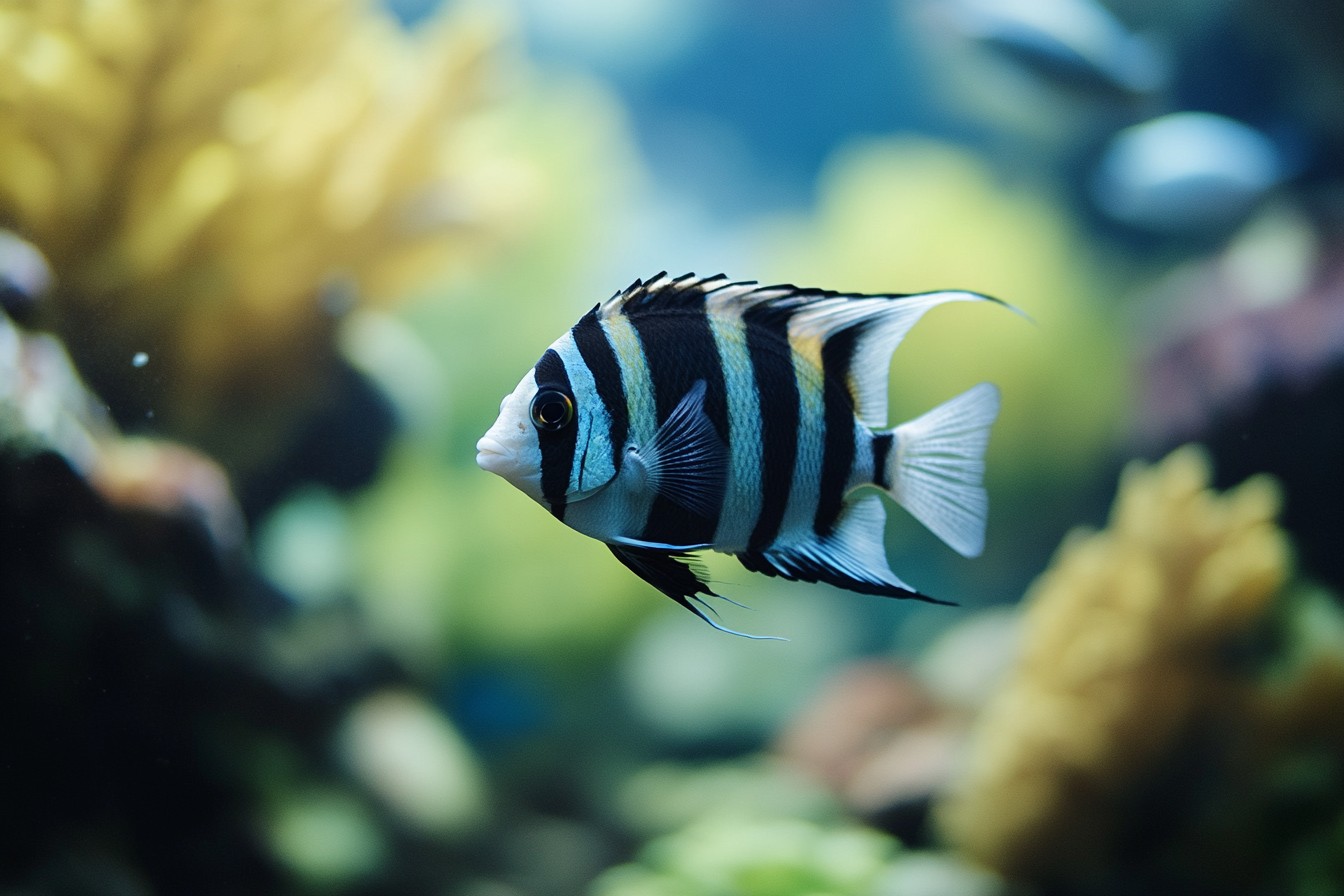
That spider wood that doesn’t quite fit the new design? Cut it, reshape it, or find a tank where it works. Those stones that don’t match the new aesthetic?
Bury them partially, use them as structural support, or trade with other hobbyists. Speaking of trading—there’s an entire underground economy of aquarium enthusiasts swapping plants, fish, and equipment that I was completely ignoring. I’ve discovered that what’s common in my tanks might be rare and desirable to someone across the country, and vice versa.
I’ve met some of my closest friends through these exchanges, and it’s reduced my need to purchase new specimens significantly. Sourcing is something I’ve become borderline obsessive about. I used to grab whatever looked good at the store without much thought to its origin.
Now I ask questions that probably annoy the hell out of store owners. Were these fish captive-bred or wild-caught? If wild-caught, were they collected sustainably?
I’m not perfect here either—sometimes the species I want simply isn’t available from captive-breeding programs. But making the effort to know has changed my purchasing habits dramatically. For plants, I’ve become a propagation machine.
My spare bedroom looks like a hydroponic farm with plant cuttings growing under strips of LED lights. I haven’t purchased a stem plant in over two years. I’ve also discovered the satisfaction of growing out tiny tissue culture cups into lush plant collections.
Starting with these sterile, lab-grown specimens means no hitchhiking pests or pesticides, and the growth process is oddly satisfying. The fish side is trickier. Not all species breed easily in captivity, and some simply won’t reproduce in home aquariums.
For those, I’ve had to make peace with either going without or ensuring they come from responsible sources. I’ve developed relationships with a few dedicated breeders who now contact me directly when they have successful spawns of species I’m interested in. The wait can be frustrating, but receiving fish that were born and raised in conditions similar to my tanks has resulted in drastically better acclimation and health.
Equipment is another sustainability frontier I’ve been exploring. The aquarium industry loves proprietary, single-use products—test kits with non-refillable reagents, filter cartridges designed to be replaced rather than cleaned, and media that loses effectiveness after arbitrary periods. I’ve gradually moved to more adaptable systems—canister filters I can fill with whatever media I choose, tests with available refills, and mechanical components I can repair rather than replace.
I’ve also embraced technological solutions that reduce waste. Dosing pumps precisely add exactly what my tanks need when they need it, eliminating the guesswork and excess that used to characterize my fertilization routine. Monitoring systems alert me to problems before they become disasters, reducing the need to “nuke” tanks with chemicals when parameters drift.
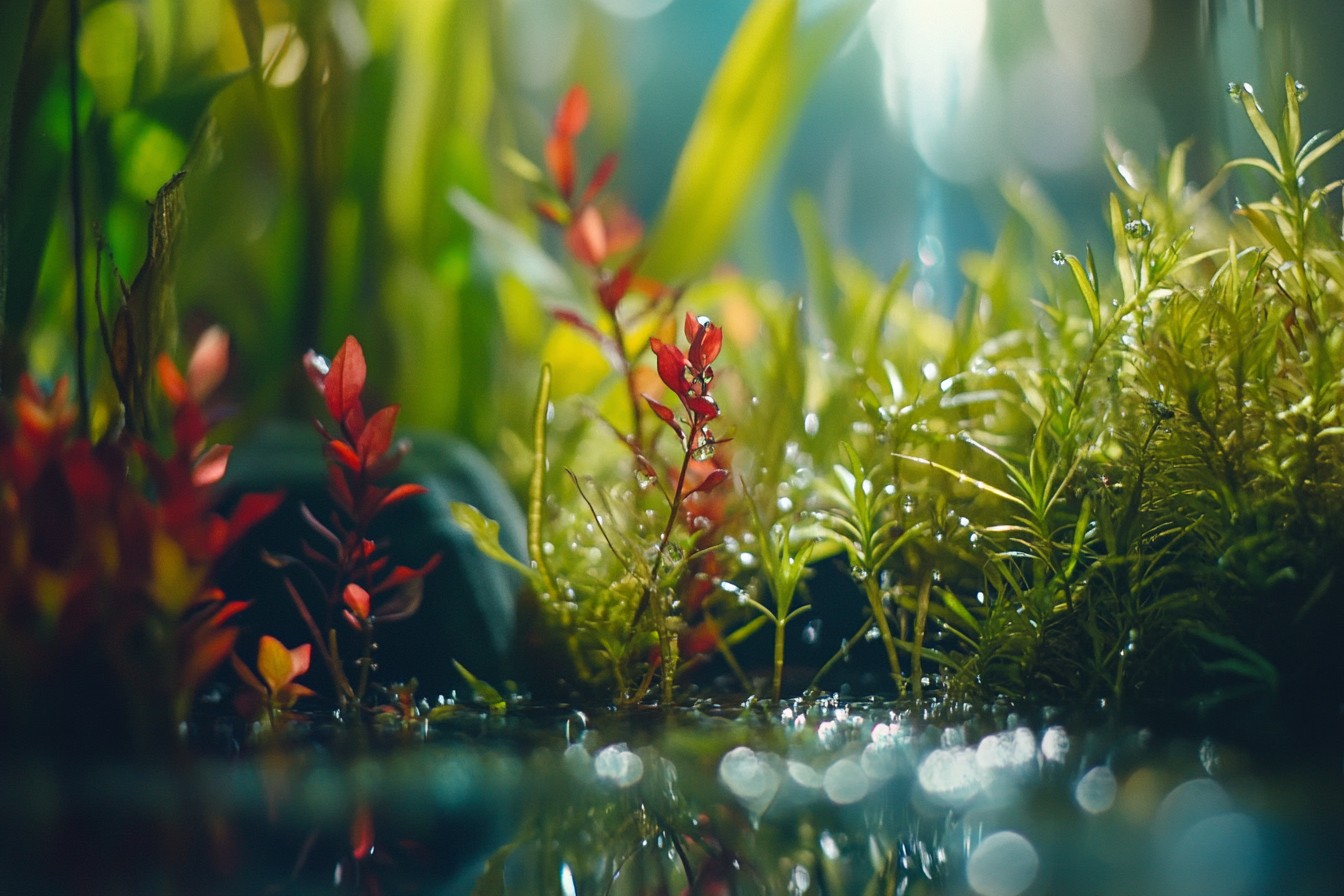
Auto-feeders dispense the exact amount of food my fish require, eliminating the overfeeding that used to foul my water. One unexpected benefit of all this? My tanks are more stable than they’ve ever been.
Turns out that a slow, careful, minimalist approach creates more balanced systems. My algae issues have all but disappeared. Disease outbreaks are rare.
Plants grow at manageable rates rather than either exploding or melting. The tanks look more natural because they’re operating more naturally. Cost savings have been substantial too.
I’ve cut my monthly aquarium budget by more than half while maintaining the same number of tanks. That money now goes into investing in higher-quality equipment that lasts longer and performs better, creating a virtuous cycle of sustainability. The community aspect of sustainable aquarium keeping has been the most surprising joy.
Local aquarium clubs have transformed from competitive showplaces to collaborative workshops where we share propagated plants, home-bred fish, and DIY equipment ideas. I’ve learned techniques from college students running tanks on shoestring budgets that outperform setups costing thousands. The biggest challenge remains the consumables—the test kits, the fish food, the additives that come in plastic bottles and foil packets.
I’ve started mixing my own fish food using sustainable ingredients, which my finicky rainbowfish actually prefer to commercial options. For testing, I’ve invested in digital probes that, while expensive upfront, eliminate the need for ongoing chemical reagents for basic parameters. My journey toward greener aquarium keeping isn’t complete, and frankly, it never will be.
There’s always another system to optimize, another waste stream to reduce. But the progress has been rewarding enough to keep me motivated. Each small change accumulates, just like the beneficial bacteria that cycle our tanks—individually insignificant, collectively powerful.
If you’re feeling that same moral disconnect I once did, start small. Challenge yourself to go three months without buying new plants, focusing instead on growing what you have. Set up a trading post on local forums to exchange extras with nearby hobbyists.
Invest in a quality programmable LED fixture. Install a smart plug to prevent your equipment from running longer than necessary. The beauty of sustainable aquarium keeping is that it doesn’t require sacrifice so much as creativity.
The constraints have made me a better aquascaper, a more attentive fish keeper, and a more connected member of the aquarium community. My tanks aren’t just windows into aquatic worlds anymore—they’re ongoing experiments in how to keep a piece of nature while respecting the whole.
